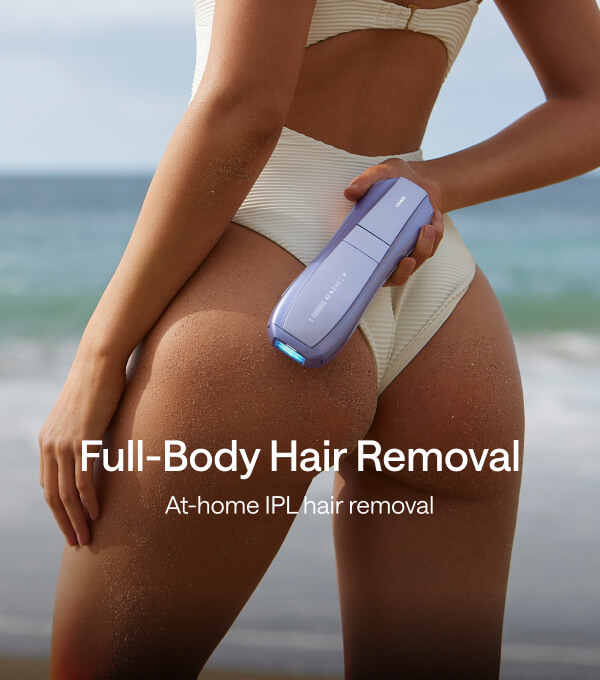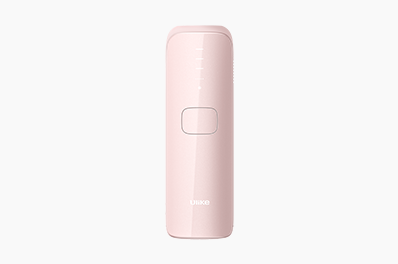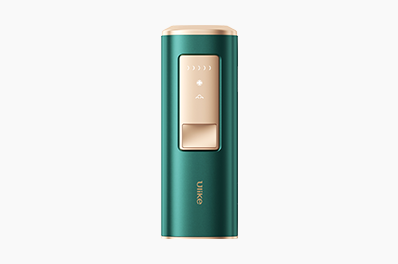While some physical grooming experts and dermatologists regard lubrication as a mandatory pre-care tip for shaving, others are of the view that shaving can be done efficiently without it as well.
This initiates a war between wet and dry shaving making people new to shaving perplexed. Also, the topic of wet vs. dry shaving makes you wonder if you are doing it right even if you are used to shaving.
Therefore, do you want to know all about both types of shaving and choose the method that suits you the best? If yes, let us compare wet shaving vs. dry shaving in this article.
Table of Contents:
- Part 1: Wet Shaving
- Part 2: Dry Shaving
- Part 3: Wet Shaving vs. Dry Shaving: Which is Better for You?
- Part 4: Which Hair Removal Method is Better Than Both? A Gentle and Long-Lasting Alternative to Shaving
- Part 5: The Final Verdict: Which is Better for You?
Part 1: Wet Shaving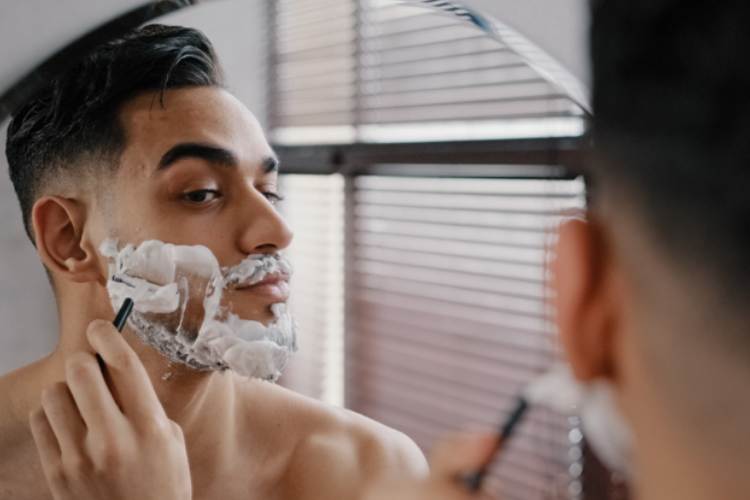
Wet shaving or traditional shaving is the type of shaving in which you damp or lubricate your skin. Different types of lubricating agents are used depending on the area you are shaving.
For example, shaving foam or gel works for beards in men, facial oil is useful for women, and any soap or hydrating cream is effective for other parts of the body.
How does it Work?
You need to hydrate your skin before using a razor on it in case of wet shaving. The lubricating agent used in wet shaving creates a barrier on the skin. This barrier allows the sharp razor to cut the hair at the level of the skin without damaging the skin.
Razors like safety razors, straight razors, razors with tilted heads, and cartridge razors are used for wet shaving.
Benefits
Being used for decades, here are a few reasons why wet shaving is considered beneficial.
- A layer of lubricating agent on the skin reduces the risk of skin redness, irritation, and razor cuts
- The razors move over the wet treatment area gently and quickly
- As wet shaving cuts the hair near the surface of the skin, it offers a close shave and smooth skin
- Wet shaving helps in cleansing and moisturizing the skin as well
Drawbacks
Some of the drawbacks of wet shaving are given as,
- The skin is more prone to cuts if you shave with a regular razor
- Wet shaving can be a time-consuming process because of skin preparation and caution
- You need to change the blades or buy new razors frequently
- It might take some time to learn wet shaving without cutting yourself
Part 2: Dry Shaving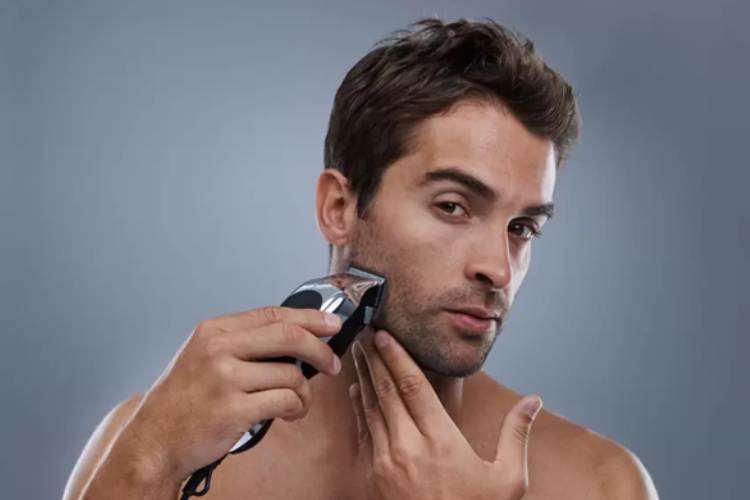
Dry shaving is the type of shaving where the skin is kept dry while you shave. There is no need to lubricate the skin with soap, body oil, shaving foam, or similar products.
Furthermore, it is one of the advanced techniques of shaving.
How does it Work?
If we talk about dry shaving, just as the name implies, your skin should not be damp before using an electric razor on it. This electric razor comes with coils and blades. The coils lift the hair from the surface of the skin while the blades trim the hair.
Additionally, an electric razor trims the hair just above the surface of the skin. So, wash your face, let it dry, and use an electric razor to remove the unwanted hair from the skin.
Benefits
Here is why people prefer dry shaving,
- There is little to no need to prepare your skin well before dry shaving
- The time of skin prep is reduced and using an electric razor that works quicks helps you get done with the shade done within a few minutes
- Only a single tool is required for dry shaving making you save the cost spent on shaving products used for lubrication
- You can trim the hair at different lengths with dry shaving
Drawbacks
Even if dry shaving looks like a suitable option, here are a few reasons why you might want to avoid it.
- The coils and blades used in dry shaving come in direct contact with the skin making sensitive skin react adversely
- There is an increased risk of ingrown hair, nicks, and skin irritation
- Even after the customizable length of the hair, dry shavers do not offer a close shave
- Electric shavers are not available on the go as you need to charge them
- Electric shavers are costly and you need to get them maintained regularly as well
Part 3: Wet Shaving vs. Dry Shaving: Which is Better for You?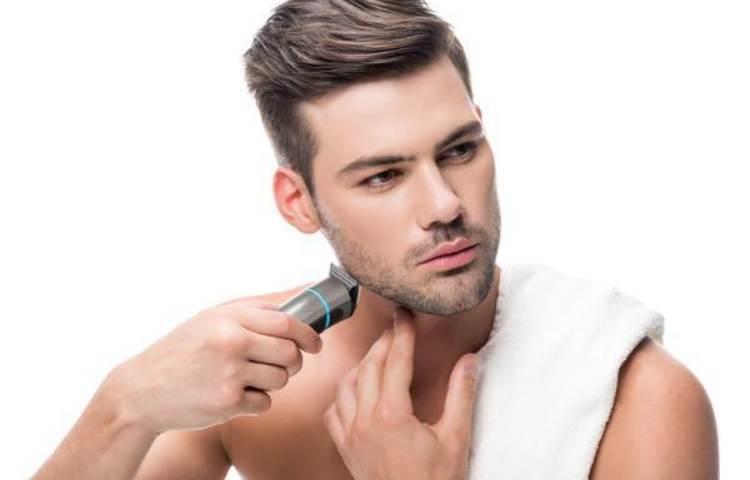
Although we have mentioned the pros and cons of both types of shaving above, let us help you determine which of the two will work better for you.
1. Compatible Skin Type: Winner – Wet Skin
Wet shaving is compatible with all skin types as long as you are using a good agent to hydrate and lubricate your skin before shaving. It works well even for people with sensitive skin.
On the other hand, you have to be very careful with dry shaving if you have sensitive skin.
2. Offers Close Shave: Winner – Wet Shaving
No one wants hairy bumps on the skin immediately after shaving, right? Well, wet shaving lets you shave both in direction and against the grain allowing you to get a close shave. As a result, you enjoy smooth, nearly hairless skin.
In contrast, dry shaving only removes the hair above the surface of the skin. So, you can expect to have a subtle after dry shaving.
3. Time Consumption: Winner – Dry Shaving
If you want to shave within moments, dry shaving is for you. Shaving a single part of your body takes 5 to 15 minutes depending upon its area with an electric razor.
In comparison, you need to prepare your skin, leather the shaving cream, and glide the shaving razor cautiously takes time. So, wet shaving your skin can take 15 to 30 minutes.
4. Overall Shaving Experience: Winner – Wet Shaving
When it comes to overall user experience, no type of shaving can beat wet shaving. It is because, from skin prep to aftercare, wet shavings help you take a break from life and pamper your skin.
Moreover, the feeling of the blade gliding on your skin while providing a close shave is another plus point of wet shaving.
5. Ease of Shaving: Winner – Dry Shaving
As you need a few products and a little skin preparation, dry shaving is definitely easy. Furthermore, you can carry your electric shaver with you all the time making dry shaving travel-friendly as well.
However, you need to practice for a while to become a pro at wet shaving. So, if you are a beginner, dry shaving can accommodate you better.
6. Risk of Side Effects: Winner – A Tie
Whether it is dry shaving or wet shaving, you are going to experience some side effects. However, the side effects experienced in both are different. For instance, dry shaving irritates the skin, gives you ingrown hair more often, and causes nicks.
Although wet shaving does not irritate the skin, there is always a chance of cutting yourself with a sharp blade.
7. Cost: Winner – Wet Shaving
A high-quality electric shaver costs anywhere between $100 to $300. On the other hand, the price of a whole pack of disposable razors is around $10, and safety razors cost around $50. Even if you consider the price of shaving creams, wet shaving is not that expensive.
Furthermore, electric shavers last for a few years despite their high cost, and safety razors can last a long time as long as you keep changing the blades regularly. Therefore, wet shaving is affordable.
Part 4: Which Hair Removal Method is Better Than Both? A Gentle and Long-Lasting Alternative to Shaving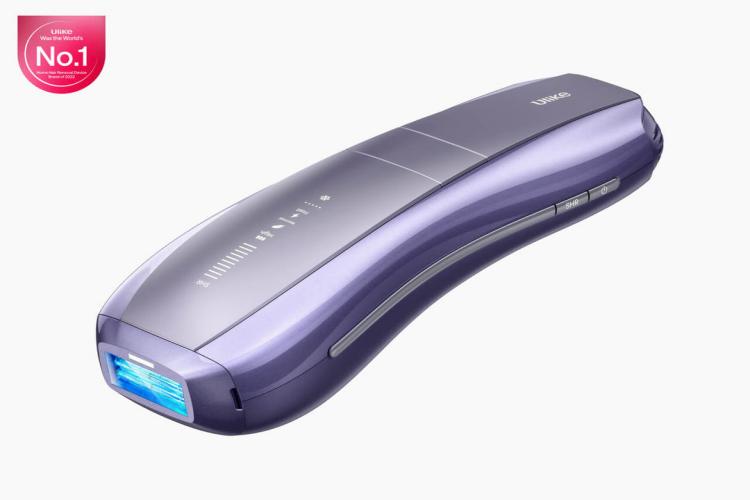
Whichever type of shaving you prefer, a few things are similar in both. These include the risk of nicks, cuts, and ingrown hair, failure to achieve long-lasting results, and recurring costs.
If you want to avoid these drawbacks of shaving, we suggest you try the Ulike Air 10 IPL Laser Hair Removal Handset. IPL hair removal is a gentle hair removal method that can help you groom unwanted hair from your head to toe.
Additionally, you pay for the device one time in your life and it lasts for years to come. Additionally, you do not have to shave on alternate days as Ulike Air 10 destroys the hair follicles within 2 to 4 weeks and reduces hair growth significantly.
Part 5: The Final Verdict: Which is Better for You?
The war between dry vs. wet shaving cannot end at one point because both have certain features that make each unique and suitable for specific individuals. Elaborating this further, dry shaving is more compatible with beginners.
Additionally, it is good for people with a busy routine having little to no time to shave. In contrast, wet shaving takes the lead when it comes to gentle yet close hair removal.
Moreover, it is relatively inexpensive and works well for sensitive skin. Wet shaving is for you as long as you have time to spare and can be cautious. So, the best bet is to try both types of shaving and finally choose what works for you more effectively.

 By Jason
By Jason

